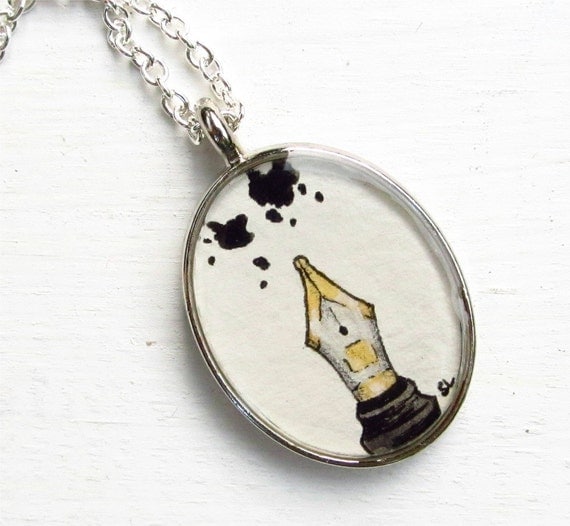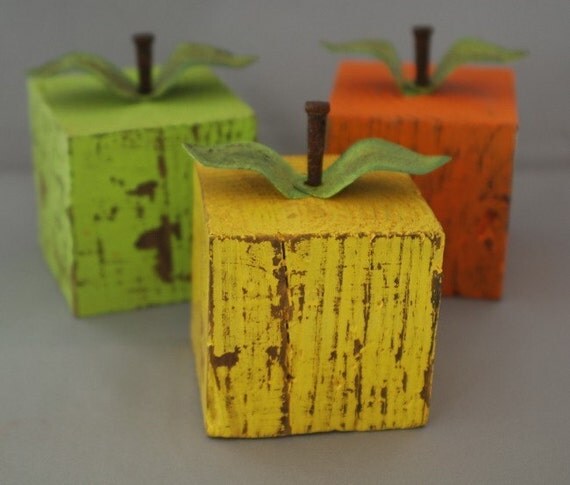 |
| "Autumn Hues" by Yael Berger of The Joy of Color |
Three of the major drawbacks to copying are:
It's not just an illegal copyright violation, you can permanently damage your reputation as an artist. If people see you to be copying, they may begin to assume that it's because you aren't capable of creative ideas of your own. Even the integrity of your original work can be diminished because people may lose respect for you as an artist.
You don't create an identity of your own when you copy. When potential customers run across your work, they may mistake it for the original artist's and even vice versa. This doesn't help you out at all and can hurt the original artist.
As an Etsy seller, you run the risk of having your shop closed. Etsy reserves the right to close down shops that don't operate within their terms of use and having a claim made against you for copyright violation can be enough reason for them to close you down.
The costs of copying someone far outweigh any benefits that could be gained. Large companies, small businesses, and individuals have all found themselves in hot water for doing it. The best policy is to respect other artist's as you would like them to respect you and not reproduce their work without permission.







